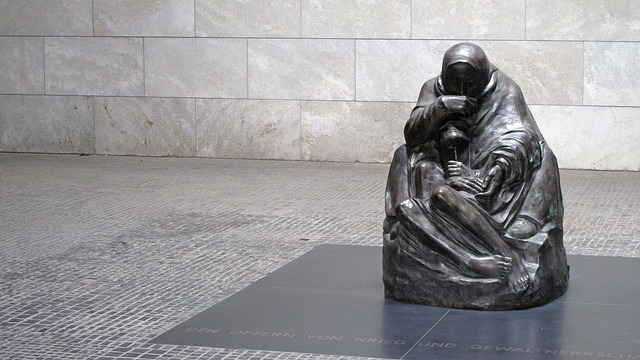Whisper Galleries: The Acoustic Phenomenon Captivating Artists
In the ever-evolving landscape of artistic expression, a captivating acoustic phenomenon is gaining prominence among creators and audiences alike. Whisper galleries, architectural marvels that carry sound in unexpected ways, are inspiring a new wave of site-specific performances and installations. This fusion of science, architecture, and art is pushing the boundaries of how we experience sound and space, offering a unique intersection of disciplines that's capturing the imagination of the art world.

Architectural Marvels Turned Artistic Canvases
From the whispering gallery of St. Paul’s Cathedral in London to the echoing arches of Grand Central Terminal in New York, these acoustic wonders have long fascinated visitors. Now, contemporary artists are reimagining these spaces as canvases for innovative performances and installations. Composers are crafting pieces specifically designed to exploit the unique properties of whisper galleries, while sound artists create immersive experiences that challenge our perception of audio in space.
The Rise of Whisper Gallery Performances
In recent years, a growing number of musicians and performers have been drawn to whisper galleries as unconventional venues. These spaces offer a natural amplification system, allowing for intimate performances without the need for electronic equipment. Classical quartets, experimental vocalists, and even avant-garde electronic musicians are finding new ways to interact with these acoustic environments, creating performances that are as much about the space as they are about the sound.
Interactive Installations: Engaging the Public
Beyond performances, artists are creating interactive installations that invite public participation. These works often combine technology with the natural acoustics of whisper galleries, allowing visitors to become part of the art itself. From voice-activated light displays to collaborative sound sculptures, these installations are transforming public spaces into playgrounds of acoustic discovery, encouraging a deeper engagement with both art and architecture.
The Cultural Impact of Whisper Gallery Art
The growing interest in whisper gallery art is having a ripple effect on the broader cultural landscape. Architects are incorporating acoustic design principles into new buildings, creating spaces that can double as artistic venues. Museums and galleries are reevaluating their approach to sound-based works, recognizing the potential for site-specific acoustic art. This trend is also influencing how we think about public spaces, highlighting the importance of aural experiences in our increasingly visual world.
Challenges and Controversies
While whisper gallery art is gaining traction, it’s not without its challenges. The site-specific nature of these works raises questions about accessibility and reproducibility. Some critics argue that the focus on acoustic spaces may limit artistic expression, while others see it as a welcome constraint that fosters creativity. There’s also ongoing debate about the conservation of historical whisper galleries and the potential impact of artistic interventions on these often-protected spaces.
The Future of Acoustic Art
As technology continues to advance, the possibilities for whisper gallery art are expanding. Virtual and augmented reality technologies are allowing artists to create simulated acoustic environments, bringing the whisper gallery experience to wider audiences. Meanwhile, advancements in materials science are inspiring new ways to manipulate and control sound in physical spaces, opening up even more possibilities for artistic exploration.
Conclusion
Whisper gallery art represents a fascinating convergence of science, architecture, and creative expression. By harnessing the unique properties of these acoustic marvels, artists are crafting experiences that challenge our perceptions and invite us to listen more deeply to the world around us. As this field continues to evolve, it promises to reshape our understanding of sound in art and architecture, whispering new possibilities into the ears of creators and audiences alike.




